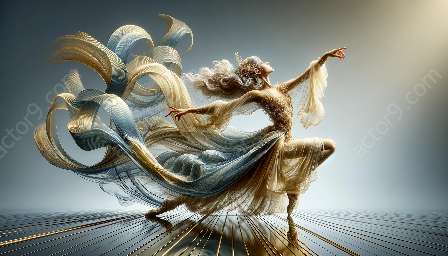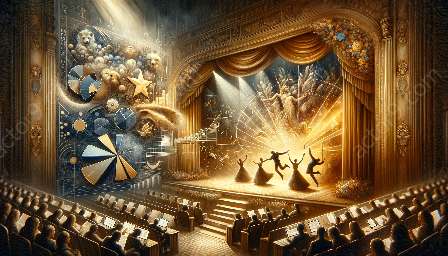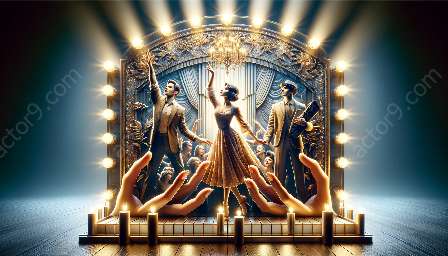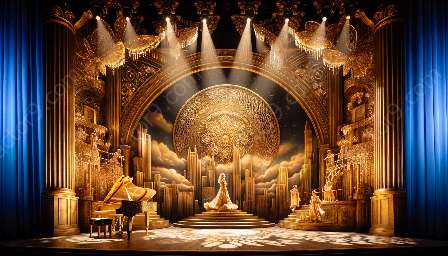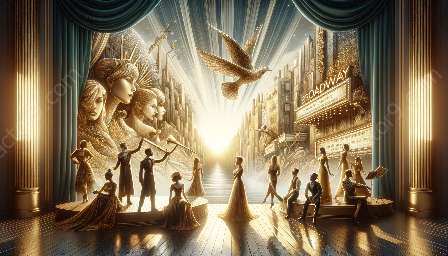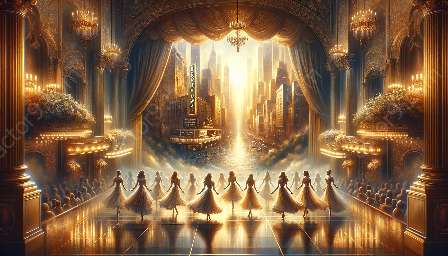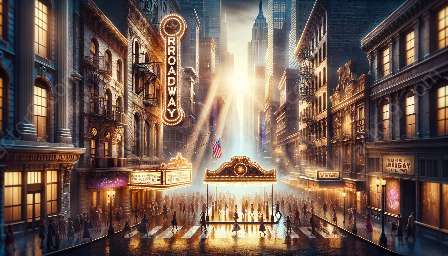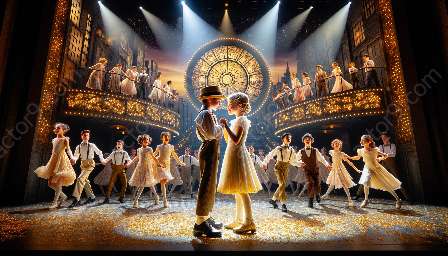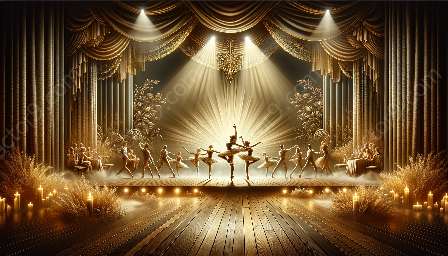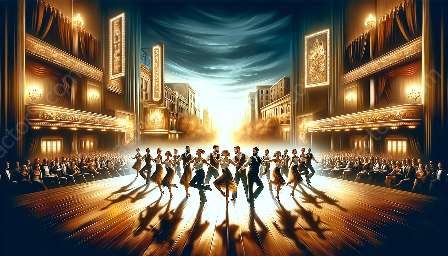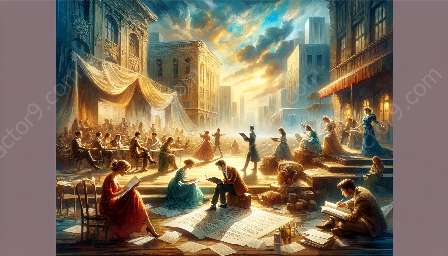Broadway performances are known for their vibrant and captivating dance sequences that enhance storytelling and bring theatrical magic to life. Dance plays an integral role in conveying emotion, energy, and narrative in musical theater, and the various styles of dance used in Broadway performances each contribute to the overall spectacle in unique ways.
The Relationship Between Broadway Dance Styles and Acting Techniques
Broadway acting techniques are closely intertwined with the different styles of dance employed in performances. Both disciplines require a high level of expressiveness, physicality, and emotional connection to convey characters and narratives effectively. Actors and dancers in Broadway productions often train together to master the seamless integration of acting and dancing, ensuring a harmonious and impactful performance.
Broadway Dance Styles
Broadway showcases a rich tapestry of dance forms, each with its own history, characteristics, and significance within the realm of musical theater. The following are some of the most prominent dance styles frequently featured in Broadway performances:
- Tap Dancing: This rhythmic and percussive dance style involves creating intricate and dynamic patterns of sound through the use of tap shoes. Tap dancing adds a lively and syncopated element to Broadway numbers, often evoking a sense of nostalgia and classic showmanship.
- Jazz Dance: Known for its energetic movements, syncopated rhythms, and expressive gestures, jazz dance infuses Broadway performances with dynamic choreography and a contemporary flair. Jazz dance can range from upbeat, exuberant routines to soulful and dramatic sequences, reflecting the emotional range of musical theater.
- Ballet: Characterized by graceful and fluid movements, ballet brings an element of poise, elegance, and technical precision to Broadway productions. Whether conveying romantic narratives or heightening dramatic tension, ballet adds a touch of classical sophistication to the dance repertoire of musical theater.
- Contemporary Dance: Embracing a fusion of various movement styles and techniques, contemporary dance in Broadway performances offers versatility and innovation. With its emphasis on expressiveness and creativity, contemporary dance pushes the boundaries of traditional forms, contributing to the evolution of dance in musical theater.
Significance of Dance in Musical Theater
The incorporation of diverse dance styles in Broadway performances serves multiple purposes, enriching the theatrical experience and captivating audiences in compelling ways. Dance serves as a powerful tool for character development, emotional expression, and visual storytelling, enhancing the overall impact of musical numbers and stage productions.
Moreover, dance sequences in musical theater often serve as pivotal moments of spectacle, seamlessly blending music, movement, and visual artistry to create unforgettable stage imagery. From exuberant ensemble numbers to poignant solo performances, dance elevates the energy and narrative depth of Broadway productions, contributing to their enduring allure and cultural significance.
Conclusion
The array of dance styles employed in Broadway performances not only showcases the versatility and artistry of dancers but also enhances the storytelling and emotional resonance of musical theater. Through their connection to Broadway acting techniques and their role in shaping the theatrical landscape, these dance forms continue to play an essential part in the magic of Broadway and its enduring legacy.




